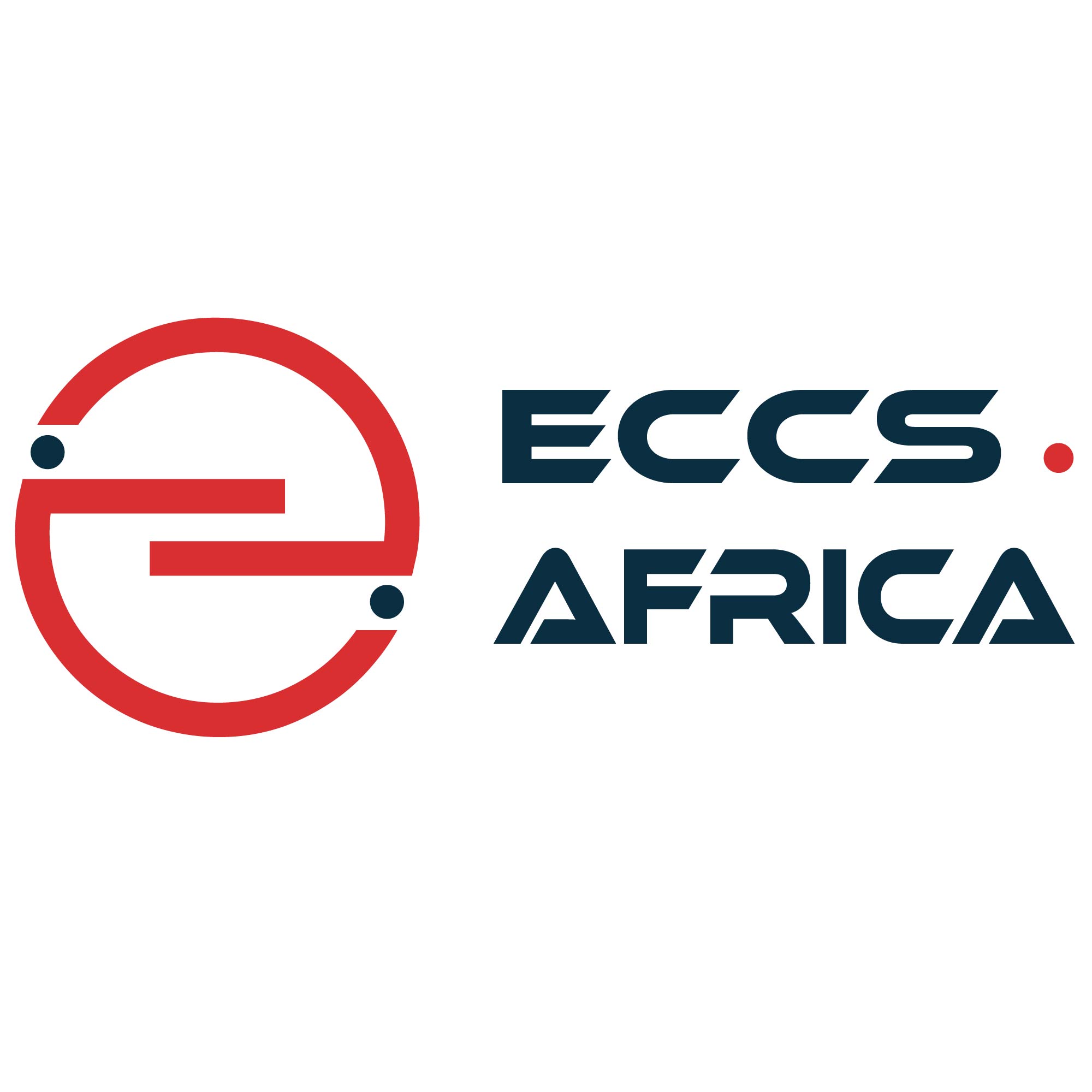Red Hat OpenShift Developer II: Building and Deploying Cloud-native Applications
Course description
Design, build, and deploy containerized applications on Red Hat OpenShift
Red Hat OpenShift Developer II: Building Kubernetes Applications (DO288) teaches you how to design, build, and deploy containerized software applications on an OpenShift cluster
Whether you are migrating existing applications or writing container-native applications, you will learn how to boost developer productivity powered by Red Hat® OpenShift Container Platform, a containerized application platform that allows enterprises to manage container deployments and scale their applications using Kubernetes.
The skills you learn in this course can be applied using all versions of Red Hat OpenShift, including Red Hat OpenShift on AWS (ROSA), Azure Red Hat OpenShift (ARO), and Red Hat OpenShift Container Platform.
This course is based on Red Hat OpenShift 4.12.
Following course completion, you will receive a 45-day extended access to hands-on labs for any course that includes a virtual environment.
Note: This course is offered as a five day virtual class or self-paced. Durations may vary based on the delivery. For full course details, scheduling, and pricing, select your location then “get started” on the right hand menu.
Course content summary
- Features for developers in the Red Hat OpenShift web console
- Building and publishing container images for Red Hat OpenShift
- Managing container deployments on Red Hat OpenShift
- Create and deploy multi-container applications on Red Hat OpenShift
- Deploy multi-container applications using Helm Charts and Kustomize
- Create health checks to monitor and improve application reliability
- Creating CI/CD Workflows using Red Hat OpenShift Pipelines
Audience for this course
- Enterprise application developers
- DevOps site reliability engineers
Recommended for this course
- Take our free assessment to gauge whether this offering is the best fit for your skills.
- Complete Red Hat OpenShift I: Containers & Kubernetes (DO188), or have equivalent knowledge.
Technology considerations
- This course uses a lab environment provisioned in the Red Hat Online Learning (ROL) cloud.
- Internet access is required to run the exercises and labs.
Outline for this course
Red Hat OpenShift Container Platform for Developers
Define the Red Hat OpenShift architecture, concepts and terminology, and set up the developer environment.
Deploying Simple Applications
Deploy simple applications by using the Red Hat OpenShift web console and command-line tools.
Building and Publishing Container Images
Build, deploy and manage the lifecycle of container images by using a container registry.
Managing Red Hat OpenShift Builds
Describe the Red Hat OpenShift build process and build container images.
Managing Red Hat OpenShift Deployments
Describe the different Red Hat OpenShift deployment strategies and how to monitor the health of applications.
Deploying Multi-container Applications
Deploy multi-container applications by using Red Hat OpenShift templates, Helm charts, and Kustomize.
Continuous Deployment using Red Hat OpenShift
PipelinesImplement CI/CD workflows by using Red Hat OpenShift Pipelines.
Note: Course outline is subject to change with technology advances and as the nature of the underlying job evolves. For questions or confirmation on a specific objective or topic, contact one of our training specialists.
Impact on the organization
This course provides application developers with the essential skills to design, build, and deploy containerized applications, whether they are migrating existing applications to OpenShift, or creating new cloud-native applications. It provides the gateway to organizational and digital transformation by demonstrating the potential of DevOps using a container-based architecture.
As developers seek ways to improve application time to market for minimum viable products, containers and OpenShift have quickly become the de facto solution for agile development and application deployment. A container-based architecture, orchestrated with Kubernetes and OpenShift, improves application reliability and scalability while decreasing developer overhead and facilitating continuous deployment. Red Hat OpenShift provides the ability to consistently develop and deploy these applications in AWS using Red Hat OpenShift Service on AWS (ROSA), in Microsoft Azure using Azure Red Hat OpenShift, or as a self-managed Red Hat OpenShift Container Platform running in public cloud or customer datacenter environments.
Red Hat has created this course in a way intended to benefit our customers, but each company and infrastructure is unique, and actual results or benefits may vary.
Impact on the individual
You will learn about the fundamental concepts behind containerizing, scaling, deploying, and managing applications in Red Hat OpenShift Container Platform. You will acquire these skills:
- Design container images to containerize applications.
- Different ways to build, deploy and manage containers.
- Deploy multi-container applications.
- Implement health checks to improve system reliability.
- Create and run automated pipelines for continuous delivery.
Recommended next exam or course
- Red Hat Certified Specialist in OpenShift Application Development exam (EX288)
- Building Resilient Microservices with Istio and Red Hat OpenShift Service Mesh (DO328)
- Red Hat Cloud-native Microservices Development with Quarkus (DO378)
- Developing Applications with Red Hat OpenShift Serverless and Knative (DO244)
- Introduction to Red Hat OpenShift Service on AWS (DO120)
- Introduction to Microsoft Azure Red Hat OpenShift (DO121)

